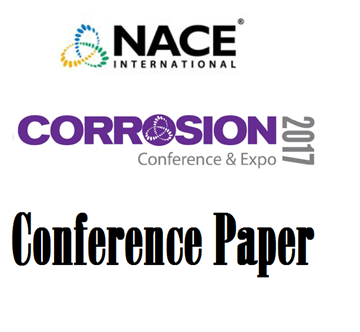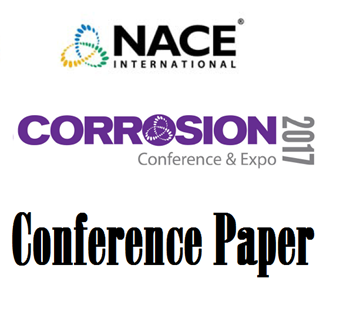Search
Coatings and Linings
View as
Sort by
Display
per page
A Case Study-Caustic Gouging Of Boiler Tubes
Product Number:
51322-17780-SG
Publication Date:
2022
$20.00
A Fracture Mechanics Approach To Characterizing Hydrogen Embrittlement Of Fasteners
Product Number:
51321-16798-SG
Publication Date:
2021
$20.00
A Further Look At The Impacts Of Corrosion Inhibitor On Scale Prevention
Product Number:
51322-17676-SG
Publication Date:
2022
$20.00
A Ground Floor Opportunity in the World of Commercial Coatings Inspection
Product Number:
41216-978-SG
Publication Date:
2016
$20.00
A High Volume Production Multi-Use Polyurea Protective Coating
Product Number:
41206-221-SG
Publication Date:
2006
$20.00
A Low VOC and Sprayable Siloxane Nonskid/Nonslip Coating for the U.S. Navy & Non-Military Markets
Product Number:
41214-826-SG
Publication Date:
2014
$20.00
A Multielectrode Array Sensor for Coating and Pretreatment Evaluation on Carbon Steels
Product Number:
51317--9011-SG
ISBN:
9011 2017 CP
Publication Date:
2017
$20.00
A Novel Alternative Surface Preparation for Duplex Coating of Galvanized Steel
Product Number:
41213-783-SG
Publication Date:
2013
$20.00
A Paradigm Shift Of Corrosion Management Using IOW Program
Product Number:
51322-17712-SG
Publication Date:
2022
$20.00
A Promising Coating of Nanostructured Graphene-Ceria Nanofillers in Polyurethane for Corrosion Protection
Product Number:
51317--9217-SG
ISBN:
9217 2017 CP
Publication Date:
2017
$20.00
A Recent Case Of Intermetallic Precipitations In Super Duplex
Product Number:
51322-17627-SG
Publication Date:
2022
$20.00
A Review Of Chloride Stress Corrosion Cracking Factors For Austenitic Stainless Steel
Product Number:
51322-17524-SG
Publication Date:
2022
$20.00












